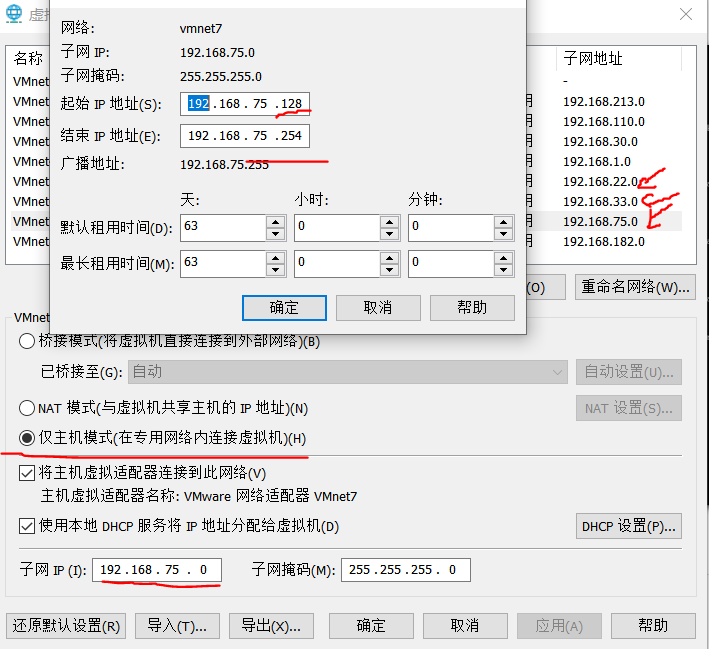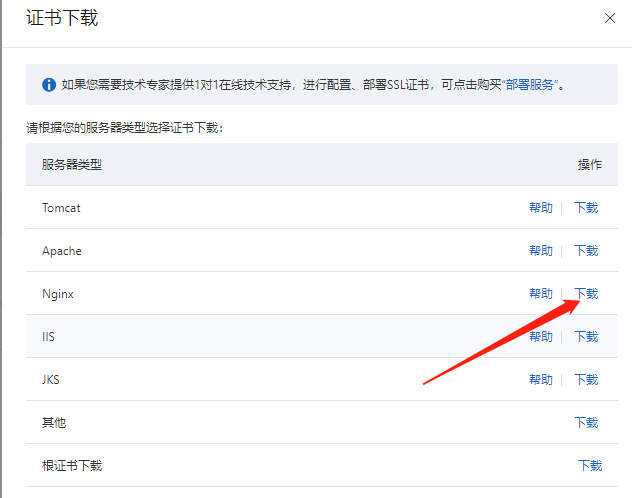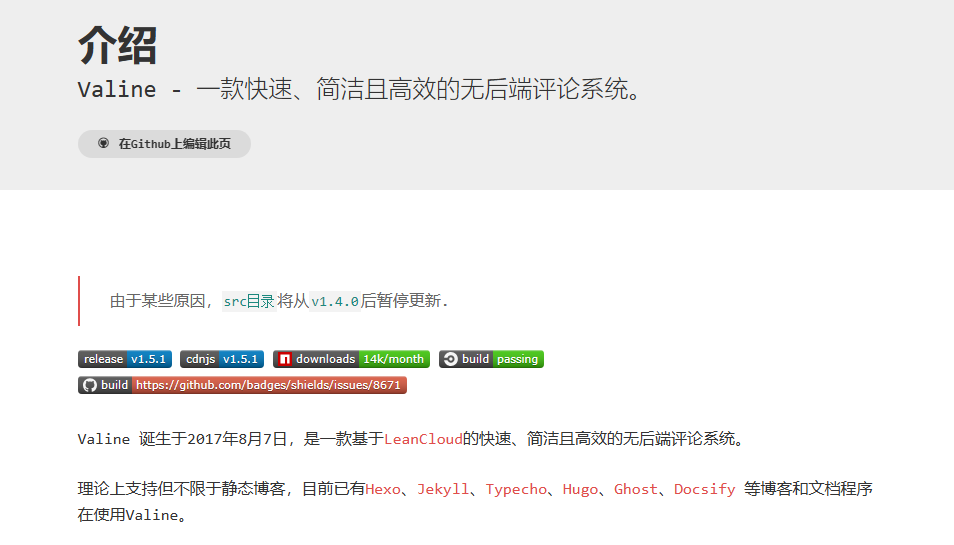最近遇到了一个SQL没有走索引导致出现慢查询的问题,SQL本身很简单,两张表联合查询然后进行排序和分页,由于涉及到一些业务,这里以用户表和订单表为例,用户表数据在35W左右,订单表数据只有8条,订单表中有外键userid可以与用户表关联,此时查询在订单表中不存在数据的用户,根据用户的姓名、性别和创建时间排序然后分页取前十条,慢查询SQL写法如下:
SELECT *
FROM t_user user
LEFT JOIN t_order order ON user.id = order.userid
WHERE order.id IS NULL
ORDER BY
user.name DESC,
user.gender DESC,
user.createtime DESC
LIMIT 0, 10;
MySQL版本为5.7,在需要排序的字段name、gender和createtime上添加了联合索引I_USERINFO_MIX,订单表的userid也添加了索引I_USERID,SQL执行时间在5到6秒之间,查看分析计划,并没有用到联合索引,在user表在使用了临时表和文件排序,并且使用了Block Nested-Loop Join算法与订单表进行关联:

解决方式
一、强制使用索引
MySQL可以使用FORCE INDEX强制使用索引,但是此种方式后期不便于维护,比如说索引名称发生了变化,或者更换了数据库,不支持此种写法:
SELECT *
FROM t_user user FORCE INDEX(I_USERINFO_MIX)
LEFT JOIN t_order order ON user.id = order.userid
WHERE order.id IS NULL
ORDER BY
user.name DESC,
user.gender DESC,
user.createtime DESC
LIMIT 0, 10;
FORCE INDEX的方式SQL执行时间在0.4s左右,从查询计划中可以看出没有使用临时表进行排序,对订单表进行了全表扫描:

二、使用子查询
既然是查询在order表不存在数据的用户,那么可以换一种写法,不使用JOIN,使用子查询的方式将在订单表存在数据的用户的ID查出来之后,使用NOT IN过滤:
SELECT *
FROM t_user user
WHERE user.id NOT IN (select userid from t_order order where user.id = order.userid)
ORDER BY
user.name DESC,
user.gender DESC,
user.createtime DESC
LIMIT 0, 10;
子查询SQL执行时间同样在0.4s左右,从查询计划中可以看出没有使用临时表进行排序,并且在订单表上也使用了索引进行查询,由于订单表此时的数据量太小,所以与全表扫描的性能差异不是很大:

总结
从查询计划上看,比较推荐使用子查询的方式。
未走索引分析
name、gender和createtime上的联合索引是有序的,可以省去排序的过程,为什么使用LEFT JOIN的方式没有选择走索引?
个人猜测有可能是因为走索引需要进行回表(也可能有联表的性能损耗?),MySQL认为这个过程的消耗不如全表扫描,所以放弃索引进行全表扫描,然后对结果进行排序,这个过程比较耗时导致了慢SQL。
接下来通过OPTIMIZER_TRACE验证下是否与猜测的一致:
- 开启
OPTIMIZER_TRACE
set OPTIMIZER_TRACE='enabled=on';
-
执行业务SQL
-
查看OPTIMIZER_TRACE
SELECT * FROM information_schema.OPTIMIZER_TRACE;
首先看一下未走索引时的TREACE,这里主要关注considered_execution_plans,considered_execution_plans表示MySQL认为可能的执行计划,并选出最优的计划:
-
计算了用户表全表扫描的成本,扫描行数为
354351,为用户表的数据总量,成本值为77151 -
用户表需要与订单表联表查询,订单表中的userid字段创建了索引,所以MySQL有两种选择:
(1)通过userid上建立的索引进行查询,扫描行数为1.1667,这里为预估的扫描行数(因为订单表存在几条垃圾数据,所以不是所有的数据都可以与用户表关联上),个人猜测MySQL可能认为使用userid索引时需要回表,所以这里成本值较大,成本值为
496091(2)直接对订单表进行全表扫描,扫描函数为5,因为不需要回表成本值为
114766 -
计算总成本,第2步中选择成本较小的执行计划,也就是对订单表进行全表扫描成本值,加上第一步中对用户表全表扫描的成本值:
总成本:扫描user表的77151 + 114766 = 191917,与实际的总成本值
191918差了1,猜测可能还要加上一些其他的成本值,这里先不关注。
{
"steps": [
{
"join_preparation": {
// 预处理
// ...
}
},
{
"join_optimization": {
"select#": 1,
"steps": [
// ...
{
"considered_execution_plans": [
{
"plan_prefix": [
],
"table": "`t_user` `user`",
"best_access_path": {
"considered_access_paths": [
{
"rows_to_scan": 354351, // 扫描行数
"access_type": "scan",
"resulting_rows": 354351,
"cost": 77151, // 扫描成本
"chosen": true
}
]
},
"condition_filtering_pct": 100,
"rows_for_plan": 354351,
"cost_for_plan": 77151, // 成本
"rest_of_plan": [
{
"plan_prefix": [
"`t_user` `user`"
],
"table": "`t_order` `order`",
"best_access_path": {
"considered_access_paths": [
{
"access_type": "ref",
"index": "I_USERID", // 使用userid索引
"rows": 1.1667, // 扫描行数,这里是预估的扫描行数
"cost": 496091, // 扫描成本,猜测是因为需要回表所以成本较大
"chosen": true
},
{
"rows_to_scan": 8, // 全表扫描
"access_type": "scan",
"using_join_cache": true,
"buffers_needed": 18290,
"resulting_rows": 1,
"cost": 114766, // 成本
"chosen": true
}
]
},
"condition_filtering_pct": 100,
"rows_for_plan": 354351, // 扫描行数
"cost_for_plan": 191918, // 总成本:扫描user表的77151 + 114766 = 191917,与191918差了1,待研究
"chosen": true
}
]
}
]
},
// ...
]
}
},
{
"join_execution": {
// ...
}
}
]
}
接下来看一下使用了FORCE INDEX的TRACE:
-
可以看到用户表扫描成本发生了变化,相比之前的全表扫描成本值增加了,成本值为425222:
{ "rows_to_scan": 354351, // 扫描行数 "access_type": "scan", // 全表扫描 "resulting_rows": 354351, "cost": 425222, // 成本值 "chosen": true }成本值增加的原因可能是强制使用索引添加了回表的成本消入,所以值变大了。---待验证。
-
订单表的处理与之前一致
-
由于用户表的扫描成本增加,所以总成本值增加为539989:
"steps": [
{
"join_preparation": {
// 预处理
// ...
}
},
{
"join_optimization": {
"select#": 1,
"steps": [
// ...
{
"considered_execution_plans": [
{
"plan_prefix": [
],
"table": "`t_user` `user` FORCE INDEX (`I_USERINFO_MIX`)", // 用户表
"best_access_path": {
"considered_access_paths": [
{
"rows_to_scan": 354351, // 扫描行数
"access_type": "scan", // 全表扫描
"resulting_rows": 354351,
"cost": 425222, // 成本值
"chosen": true
}
]
},
"condition_filtering_pct": 100,
"rows_for_plan": 354351,
"cost_for_plan": 425222, // 成本值
"rest_of_plan": [
{
"plan_prefix": [
"`t_user` `user` FORCE INDEX (`I_USERINFO_MIX`)"
],
"table": "`t_order` `order`",
"best_access_path": {
"considered_access_paths": [
{
"access_type": "ref",
"index": "I_USERID", // 使用userid索引
"rows": 1.1667, // 预估扫描行数
"cost": 496091, // 成本值
"chosen": true // 是否选择
},
{
"rows_to_scan": 8,
"access_type": "scan", // 全表扫描
"using_join_cache": true,
"buffers_needed": 18290,
"resulting_rows": 1,
"cost": 114766, // 成本值
"chosen": true // 是否选择
}
]
},
"condition_filtering_pct": 100,
"rows_for_plan": 354351,
"cost_for_plan": 539989, // 总成本
"chosen": true
}
]
}
]
},
// ...
]
}
},
{
"join_execution": {
// ...
}
}
]
}
可能对MySQL的研究还不够深入,以上分析的正确性还有待验证,这里将遇到的问题记录下来,以后有时间再研究。
MySQL 5.7和5.6版本的执行差异
除了索引的问题外,还发现了另外一个问题,同样的SQL在5.7和5.6版本上的执行时间不一致,在5.7上执行时间在5到6秒之间,在5.6上面只需要1秒左右,然后使用了MySQL自带分析工具Query Profiler统计了SQL执行耗费时间:
Query Profiler的开启步骤
- 开启profiling
set profiling = 1;
或者
set profiling = 'ON';
- 执行业务SQL
SELECT *
FROM t_user user
LEFT JOIN t_order order ON user.id = order.userid
WHERE order.id IS NULL
ORDER BY
user.name DESC,
user.gender DESC,
user.createtime DESC
LIMIT 0, 10;
- 查看每个SQL的执行信息
show profiles;
这里找到你执行的SQL的QUERY_ID

- 查看SQL的详细执行信息
show profile for query 85;
MySQL 5.7下的耗费时间统计

可以看出比较耗时的地方在Sending data,由之前的分析可知,MySQL并没借助联合索引来排序,而是使用全表扫描来查询数据,借助于TRACE的数据可以看出,通过临时表对数据进行排序,由于数据量过大超出了临时表的限制大小,所以将临时表的数据转到磁盘在磁盘中进行排序converting HEAP to ondisk,这个拷贝数据的过程比较慢,最终导致SQL的总执行时间过长。
{
"join_execution": {
"select#": 1,
"steps": [
{
"creating_tmp_table": { // 创建临时表
"tmp_table_info": {
"table": "intermediate_tmp_table",
"row_length": 13530,
"key_length": 0,
"unique_constraint": false,
"location": "memory (heap)", // 临时表位于内存
"row_limit_estimate": 1240
}
}
},
{
"converting_tmp_table_to_ondisk": { // 将临时表数据转到磁盘
"cause": "memory_table_size_exceeded", // 原因为大小超过限制
"tmp_table_info": {
"table": "intermediate_tmp_table",
"row_length": 13530,
"key_length": 0,
"unique_constraint": false,
"location": "disk (InnoDB)", // 磁盘
"record_format": "packed"
}
}
},
{
"filesort_information": [ // 排序信息
{
"direction": "desc",
"table": "intermediate_tmp_table",
"field": "name"
},
{
"direction": "desc",
"table": "intermediate_tmp_table",
"field": "gender"
},
{
"direction": "desc",
"table": "intermediate_tmp_table",
"field": "creattime"
}
],
"filesort_priority_queue_optimization": {
"limit": 10,
"rows_estimate": 697,
"row_size": 1214,
"memory_available": 262144,
"chosen": true // 表示使用优先队列优化排序
},
"filesort_execution": [
],
"filesort_summary": {
"rows": 11,
"examined_rows": 360451,
"number_of_tmp_files": 0, // 使用的临时文件个数
"sort_buffer_size": 13448,
"sort_mode": "<sort_key, rowid>" // 使用rowid排序
}
}
]
}
}
临时表的大小可以通过tmp_table_size和max_heap_table_size参数来控制。
# 查看临时表大小 show variables like ‘tmp_table_size’; show variables like ‘max_heap_table_size’;
MySQL5.6下的耗费时间统计

在5.6中的执行步骤与5.7基本一致,只不过converting HEAP to ondisk变成了converting HEAP to MyISAM,MySQL 5.6的默认临时表是myisam表,这里为什么会比5.7的速度快有待研究:
{
"join_execution": {
"select#": 1,
"steps": [
{
"creating_tmp_table": { // 创建临时表
"tmp_table_info": {
"table": "intermediate_tmp_table",
"row_length": 13530,
"key_length": 0,
"unique_constraint": false,
"location": "memory (heap)",
"row_limit_estimate": 1240
}
}
},
{
"converting_tmp_table_to_myisam": { // 将临时表转为myisam
"cause": "memory_table_size_exceeded",
"tmp_table_info": {
"table": "intermediate_tmp_table",
"row_length": 13530,
"key_length": 0,
"unique_constraint": false,
"location": "disk (MyISAM)", // myisam引擎
"record_format": "packed"
}
}
}
// ...
]
}
}























![[Java]线程生命周期与线程通信](https://img-blog.csdnimg.cn/direct/8e1a396ad6f2425a8bea15c5fe54c1f3.png)

